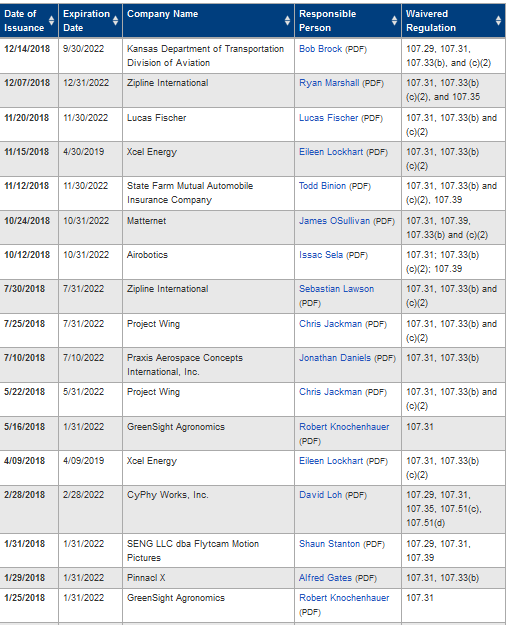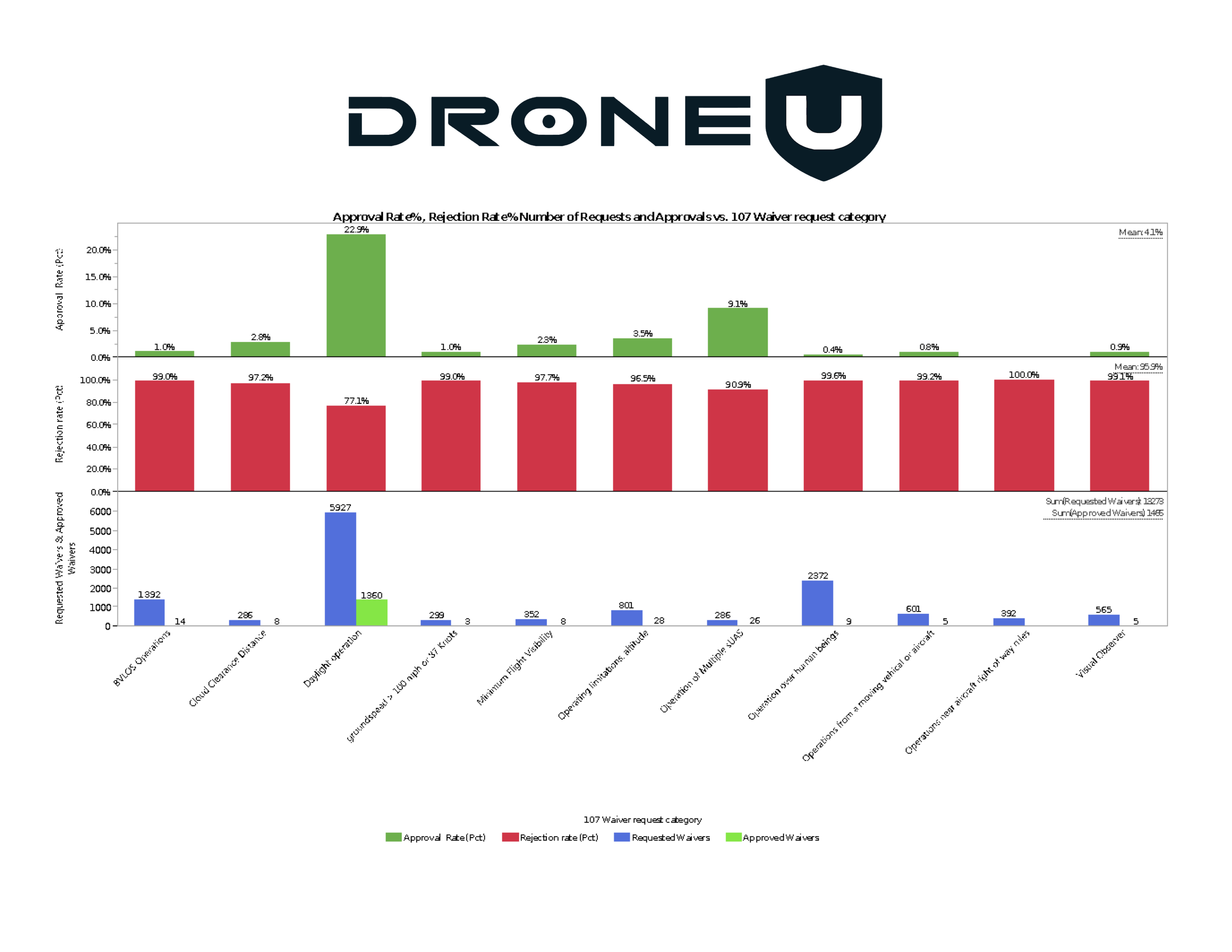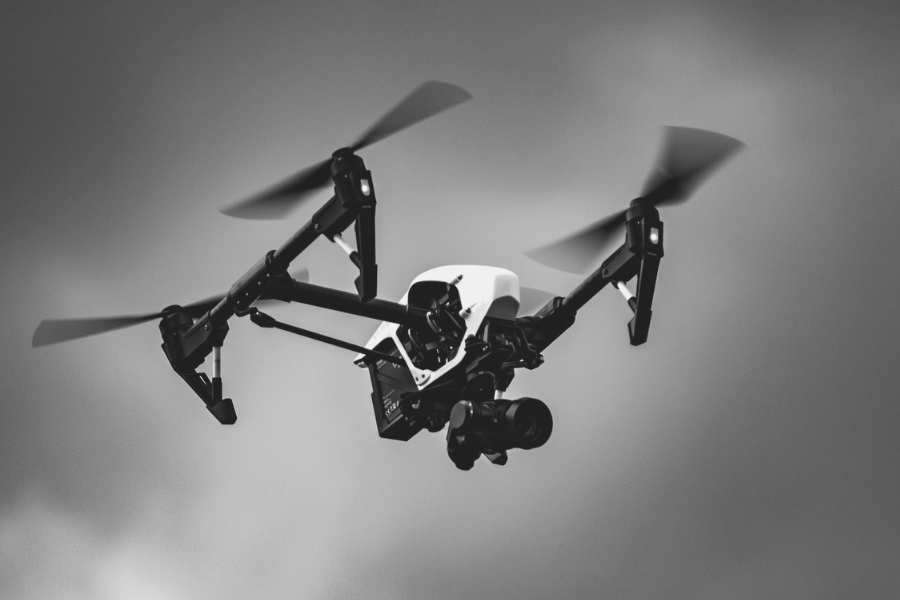State Farm has been granted a Part 107 waiver by the FAA to conduct BVLOS operations on a national scale till November 2022. This is certainly a historic achievement. Using drone technology, State Farm can react in a more nimble manner to assess damages with greater accuracy and at lower costs.
So, how did State Farm manage to procure a national BVLOS waiver? Is the FAA becoming more lenient in granting BVLOS waivers? We also share if the eventual up-gradation to 5G connectivity will result in more BVLOS operations.
How Did State Farm Manage to Get FAA’s Permission to Fly BVLOS on a National Basis?
In March 2015, State Farm Insurance became the first insurance company to receive FAA’s permission to test drones for commercial use. Later that year, State Farm commenced their collaboration with Virginia Tech via the Mid-Atlantic Aviation Partnership (MAAP). The purpose of this alliance was to better understand drone safety concerns.
Extensive tests flights were conducted using the eBee Classic drone manufactured by Sensefly. The eBee classic is a fully autonomous drone that weighs just 700 g, can fly up to 12 km and capture images with a GSD of 1.5 cm per pixel.
These efforts paid off with State Farm getting their first BVLOS waivers in September/October 2018 to assess damage caused by Hurricane Florence and Michael. State Farm and MAAP gained valuable real world insights which were painstakingly documented in their national waiver application.
“The waiver will provide our claims specialists with another way to efficiently help customers,” said Robert Yi, State Farms’ senior vice president for P&C claims. “We can use drones to assess on-the-ground damage and deploy resources.”
Is the FAA Granting More BVLOS Waivers?
In 2018, FAA granted a total of 17 BVLOS waivers – up from 9 in 2017. In September 2018, Colorado based Xcel Energy became the first ever to fly BVLOS for powerline inspections. Immediately after this, in October 2018, GE-owned Avitas Systems managed to procure the first ever BVLOS waiver for a drone heavier than 55 pounds. GE used Pulse Aerospace’s Vapor 55 to procure this waiver.
Apart from Xcel Energy, Avitas and State Farm, Google’s Project Wing, Kansas DOT and Airobotics are the other prominent folks who have been granted BVLOS waivers in 2018.

However, 99% of all BVLOS waivers are still being rejected. Check out the statistics –

Will 5G Connectivity Result in More BVLOS Flights?
Apart from sophisticated drones and well trained drone pilots, drone detection is another pre-requisite for BVLOS operations. For safe BVLOS flights, the drone pilot should be connected to the drone in real time. This connectivity negates the chances of mid – air collisions with other aircraft, and also assuages fears that a drone will harm other property and people.
5G connectivity will go a long way in enabling real time connected drones and BVLOS operations – which will in turn make possible applications such as drone deliveries and BVLOS insurance inspections.
So, how fast is 5G really? Qualcomm recently simulated real world conditions of two cities – Frankfurt and San Francisco. The results show that the average 4G user in Frankfurt will experience seven times faster browsing rates. And, download speeds showed a 12x increase – from 8 Mbps to 100 Mbps.
Results for San Francisco will even more impressive. Browsing speed went up from 71 Mbps to 1.4 Gbps, and 90% users reported 18 times faster download speeds.
Become a Drone U Member.
Follow our Medium Account for commentary on the latest happenings in the drone industry.
Do not forget to subscribe and Listen to Ask Drone U, the #1 drone podcast.






Add Your Comment